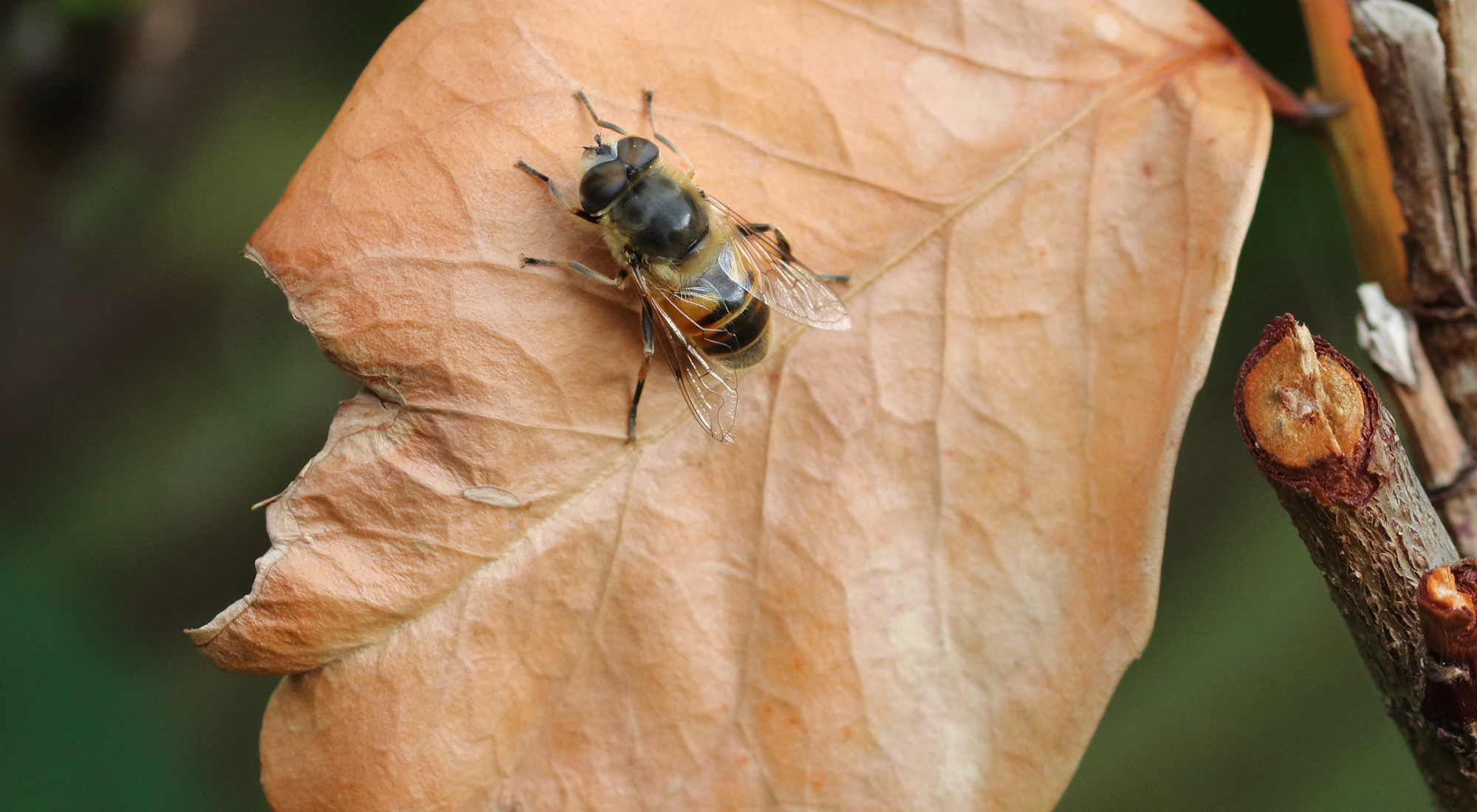The Syrphidae (Order Diptera) is a species-rich family within this order, with more than 6.000 species from 188 genera described so far and a diverse morphology in terms of body size and shape, colour, hair length, etc . They are characterized by a high level of specialization caused by larval feeding types and they inhabit almost any type of habitat, from coastal areas to mountain tops, from tundras to deserts. They can be found in almost every region of the World, with the exception of Antarctica and some oceanic islands.
The high diversity of hoverflies and their presence in distinct habitats is caused by different larval feeding types: saprophagous, phytophagous and zoophagous. Saprophagous larvae feed on rotting plant material and are less specialized, allowing a wider distribution. Phytophagous and zoophagous feeding types are connected with more specific environments. These species are more likely to be affiliated with certain host plants or prey (mostly aphid) species and have more restricted ranges.
Hoverflies have numerous important roles in ecosystems (particularly pollination), but have not received much attention compared to wild bees or butterflies. Adults represent an important part of the diets of many spiders, ants and solitary wasps, and many parasitic wasps lay their eggs in hoverfly larvae. Hoverflies are the second most important insect pollinator group, next to bees. In cases where managed honey bees are absent, Syrphidae, solitary bees and other pollinators can be very important. Moreover, syrphids have an important role in the natural decomposition of materials such as dead wood, compost, dung, rotting aquatic vegetation etc, and can also be used for decomposing organic material from agricultural and industrial processes. The widespread distribution of hoverflies, the availability of excellent taxonomic keys for identification (particularly for European species), and differences in the environmental requirements of the larvae are features that promote Syrphidae as good bioindicators. Finally, the use of aphidophagous larvae in biological control is well known. All these points indicate the great significance of hoverflies, in both environmental and economic aspects.

